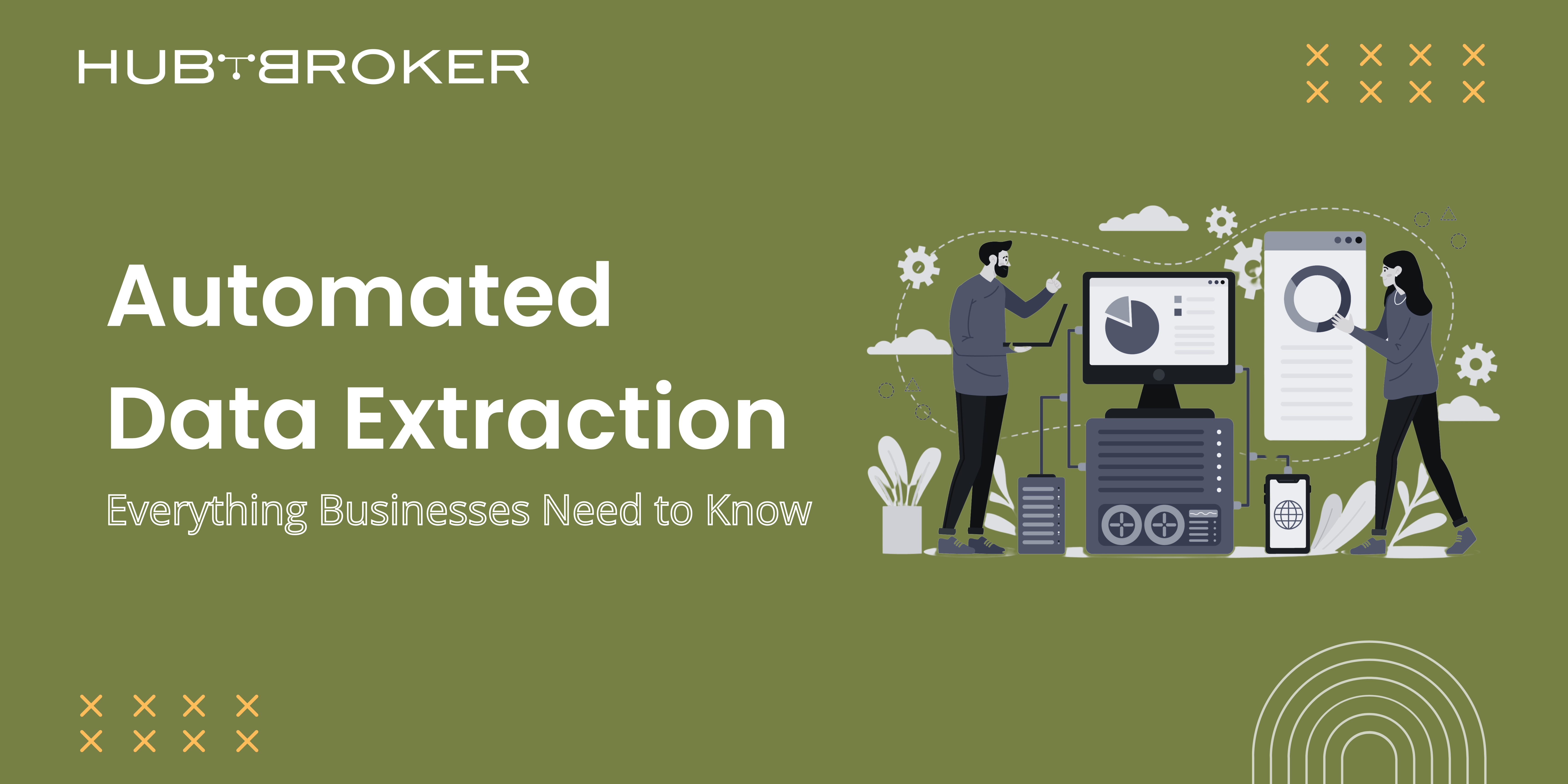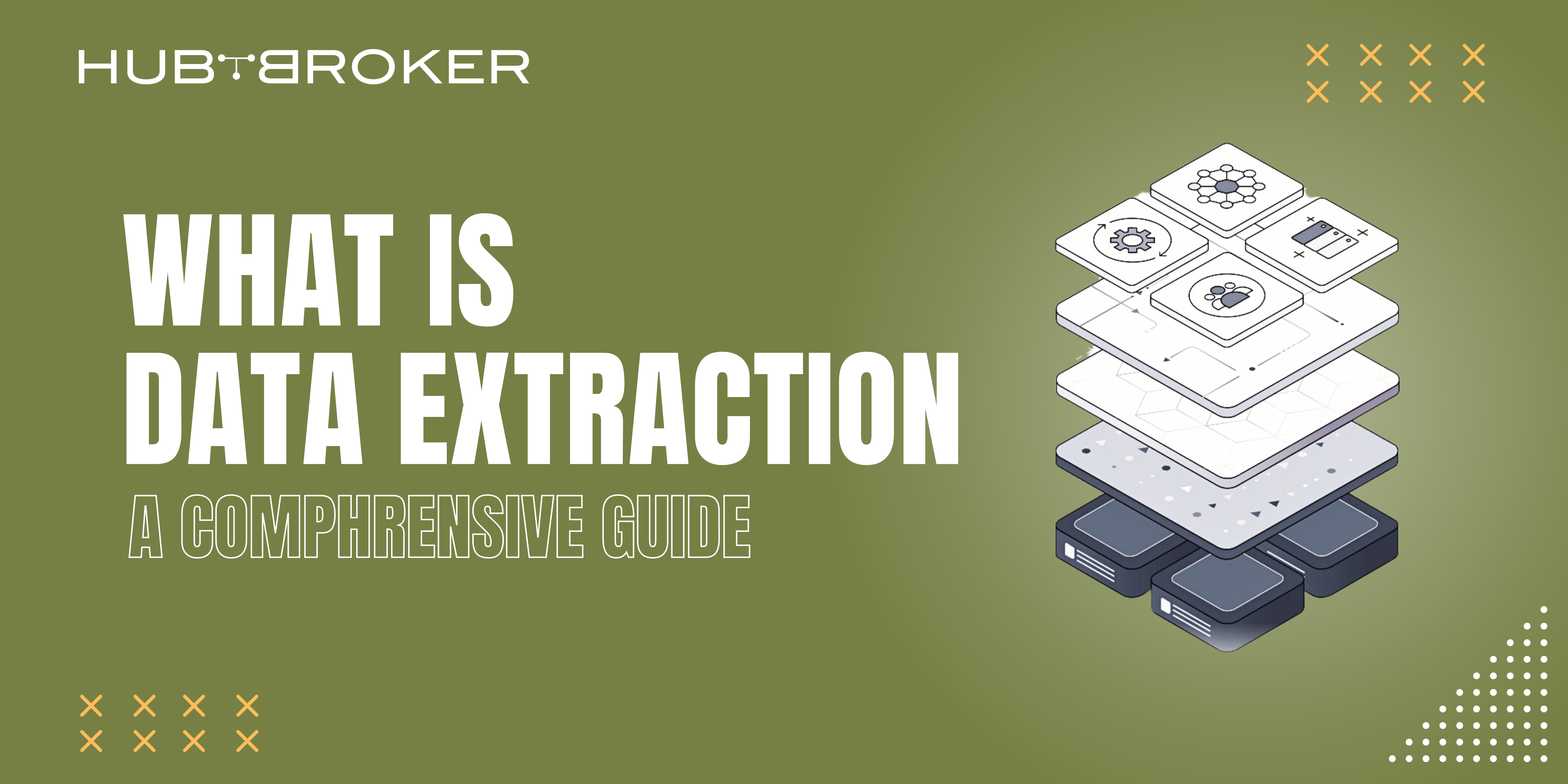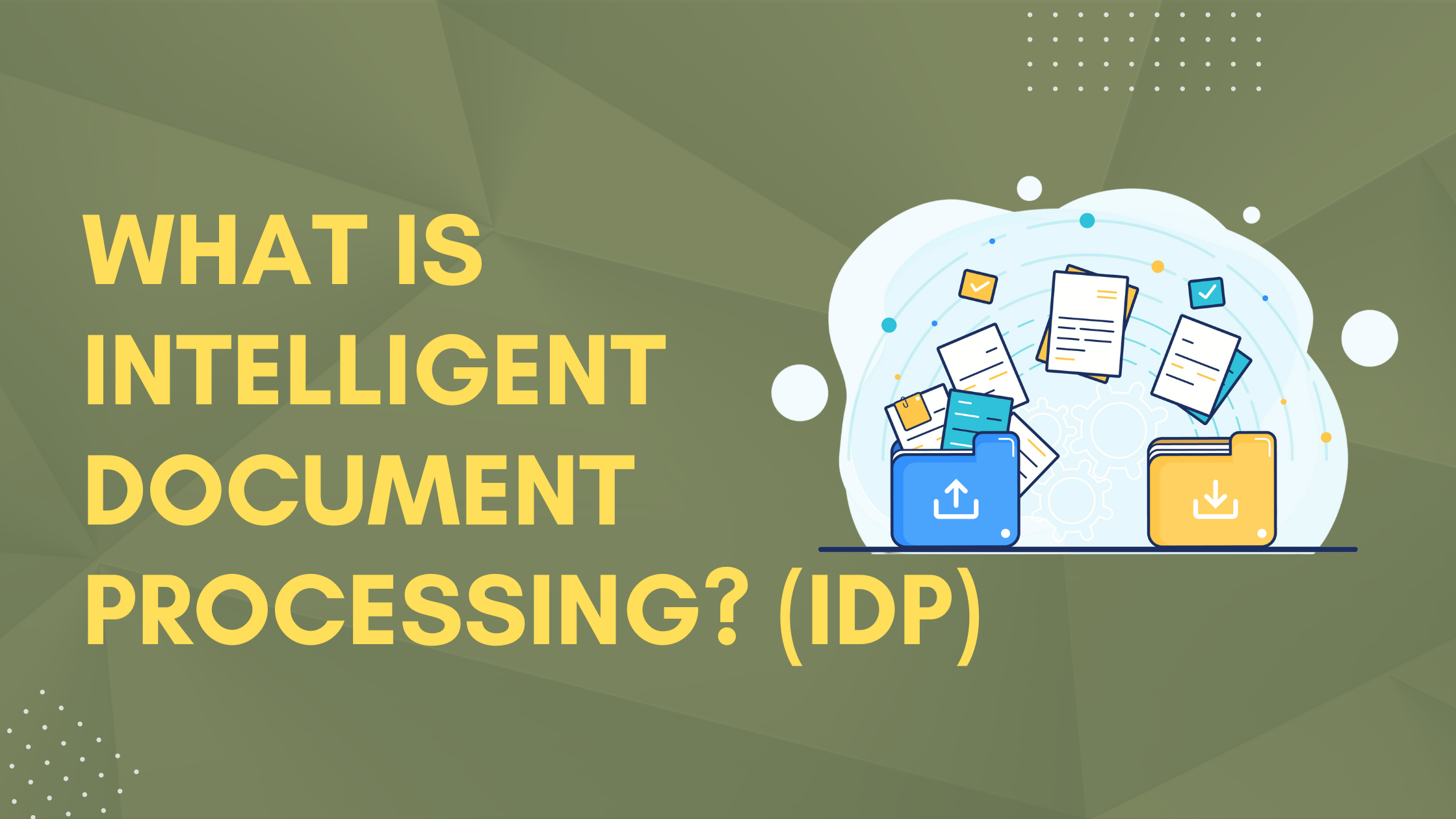Discover how automated data extraction can transform your business by improving data accuracy, lowering expenses, and speeding up document processing. Explore different types of automated extraction, their advantages, and how to implement them.
We’re drowning in data – a whopping 328.77 million terabytes every 24 hours. At this scale, manual data extraction isn’t just inefficient; it’s a mission impossible. For businesses to stay afloat (and thrive), automated solutions are no longer a luxury, they’re a necessity.
Effective data management is now crucial for business success, as organizations handle massive amounts of data daily. Traditional manual data entry is often error-prone, inefficient, and wasteful, especially as businesses grow and require accurate and timely data.
What types of data can you extract, and how do you do it? We’ll answer these questions and more, with a deep dive into the specific challenges and solutions for extracting valuable information from your documents.
What is Data Extraction?
Data extraction converts unstructured and semi-structured data into structured information for business insights and analytics. This process consolidates data for efficient analysis and record-keeping, serving as the first step in ETL (extract, transform, load) and ELT (extract, load, transform) data integration.
Automated data extraction utilizes AI/ML for efficient, manual-free data capture. Intelligent Document Processing (IDP) automates document workflows, including classification, data extraction, and data analytics, with data extraction being crucial for capturing key data like key-value pairs and tables.
Can Data Extraction Be Automated?
Automating data extraction is no longer a futuristic concept—it’s a present-day reality, becoming increasingly accessible thanks to rapid technological advancements.
The convergence of AI, machine learning (ML), and powerful software has revolutionized data extraction, automating complex tasks previously dependent on manual labor.
Modern data extraction tools efficiently handle diverse data formats, from structured data in databases to semi-structured data like emails and XML files, and even unstructured data from documents and social media.
Data Extraction Sources: Automated data extraction works with data from digital documents, websites, databases, and physical documents (using OCR).
How Does Data Complexity Impact Automated Data Extraction? The structure and consistency of your data play a crucial role in determining how easily you can automate data extraction. Highly variable or complex data formats can present significant challenges.
Technology for Data Extraction Automation: Advanced AI and ML algorithms are key technologies that enable efficient automated data extraction.
Automation Implementation and Integration: A successful automation project depends on the organization’s capacity to implement and integrate new automated systems seamlessly into existing workflows.
With these factors in mind, automating data extraction proves to be both a practical and highly advantageous solution for most organizations.
1. AI and Machine Learning Integration
AI and machine learning (ML) drive intelligent data extraction. Unlike traditional methods, AI-powered systems learn and adapt, continuously improving their accuracy and efficiency.
These technologies analyze massive datasets, identify complex patterns, and make intelligent decisions about data extraction. ML algorithms are particularly adept at handling diverse data structures, seamlessly processing both structured data (from databases) and unstructured data (from documents and social media).
This adaptability is crucial for organizations across various industries, from finance and healthcare to retail and manufacturing, enabling them to automate complex data extraction tasks.
2. OCR: Bridging the Gap Beetween Paper and Digital
Optical Character Recognition (OCR) is a cornerstone of automated data extraction, especially when dealing with the vast amounts of paper documents still present in many organizations. OCR technology bridges the gap between the physical and digital worlds by converting printed or handwritten text in scanned documents, images, and PDFs into machine-readable data.
This eliminates the need for tedious and error-prone manual data entry. Modern OCR systems are incredibly sophisticated, handling complex layouts, varying fonts, and even handwritten text with remarkable accuracy. This capability is essential in industries like finance, insurance, and legal, where processing large volumes of documents like invoices, claims, and contracts is a daily necessity.
3. NLP: Understanding the Language of Data
Natural Language Processing (NLP) takes data extraction a step further by enabling systems to understand and interpret human language. This is particularly valuable for extracting information from unstructured text data like emails, reports, social media posts, and legal contracts.
NLP automates tasks that traditionally require significant human intervention, such as summarizing lengthy documents, extracting key details, categorizing content, and analyzing sentiment. By applying NLP, organizations can unlock valuable insights hidden within text data, accelerating processes and minimizing the risk of human error.
4. Scalability and Flexibility
Automated data extraction offers businesses the scalability and flexibility to thrive in a data-rich environment. These systems effortlessly handle growing data volumes without impacting performance, adapting to evolving business requirements.
Seamless integration with existing systems like CRM and ERP streamlines data flow across departments breaks down data silos, and boosts operational efficiency. This integration minimizes disruption to current workflows while dramatically improving data processing speed, accuracy, and reliability, ultimately freeing up valuable resources.
5. Integration with Existing Systems
Seamless integration with existing systems like CRM, ERP, and databases is a core benefit of automated data extraction. This integration ensures smooth data flow across departments, eliminates data silos, and significantly improves operational efficiency. These tools minimize disruption by aligning with current workflows while enhancing data processing speed, accuracy, and reliability. This transformation reduces manual effort and errors, empowering businesses to leverage their data more effectively.
Types of Data in the Data Extraction Process
Businesses of varying scales, encompassing small and large enterprises, face the challenge of processing data in many different forms. Automated data extraction offers a solution by handling a wide range of data types, from structured databases to unstructured content like emails, PDFs, and images.
The following sections detail the key data types involved in the data extraction process.
1. Structured Data
Structured data is highly organized and formatted, making it easily searchable, retrievable, and analyzable. This data resides in tabular formats within relational databases, where rows represent records and columns represent fields or attributes. Structured data adheres to a fixed schema, meaning the data type in each column is predetermined. This rigid organization allows for efficient manipulation using SQL (Structured Query Language) and other database management tools, making it ideal for traditional data processing and analysis.
- CRM Data: Customer Relationship Management (CRM) systems store structured data like customer names, contact details, purchase history, and interactions in a database, with each customer as a unique record.
- Financial Records: Spreadsheets containing financial records, such as dates, transaction amounts, and account numbers, represent structured data, facilitating easy sorting and report generation.
- Inventory Management: Inventory systems track product IDs, quantities, locations, and prices using structured data for consistent and accessible information across business processes.
2. Unstructured Data
Unstructured data lacks a predefined format, making it challenging to process with traditional tools. Unlike structured data, it doesn’t fit neatly into tables or databases. Instead, it exists in various forms like text, images, audio, and video, where the content is free-form and difficult to search or categorize directly. This diversity, ranging from handwritten notes to social media posts and multimedia files, is what makes unstructured data both complex and valuable. Extracting meaningful insights requires advanced technologies like Natural Language Processing (NLP), machine learning (ML), and computer vision.
- Emails: Emails contain unstructured data in text bodies, attachments, and metadata. Extracting key phrases or attachments requires sophisticated parsing and analysis tools.
- Social media: Social media posts like Twitter and Facebook contain unstructured text, images, and videos, requiring sentiment analysis and machine learning for effective processing.
- PDF Documents: PDFs, such as scanned contracts and reports, are typically unstructured due to their lack of a consistent, easily parsable format. OCR (Optical Character Recognition) is often used to convert PDFs into structured data.
3. Semi-Structured Data
Semi-structured data sits between structured and unstructured data, possessing elements of both. While it lacks a strict schema, it uses tags or markers to organize data elements, allowing for partial organization and greater flexibility than structured data. This makes it easier to manage and process than unstructured data but more complex than structured data. XML (Extensible Markup Language) and JSON (JavaScript Object Notation) are common formats for storing and exchanging semi-structured data.
- XML Files: XML uses tags to define data elements, making it easier to parse and extract specific information.
- JSON Files: Widely used in web applications, JSON organizes data into key-value pairs, suitable for storing and exchanging semi-structured data like user profiles.
- Log Files: Application and system log files often contain semi-structured data with timestamps, error codes, and messages separated by delimiters.
4. Textual Data
Textual data comprises written or printed words conveying information. This pervasive data type spans various domains, from business documents to literature. While inherently unstructured, textual data can become semi-structured when organized in forms or tables. Extracting meaningful information requires Natural Language Processing (NLP) techniques like text mining, sentiment analysis, and named entity recognition. Textual data captures direct facts and more nuanced information like tone, intent, and context.
- Contracts and Agreements: Legal documents are rich in textual data, requiring specialized tools to extract key obligations, deadlines, and parties.
- Invoices and Receipts: These documents contain transactional textual data like item descriptions, prices, and dates, which automated tools can extract to streamline financial processes.
- Research Papers: Academic and industry research papers contain valuable textual data, requiring techniques to identify key themes, extract citations, and summarize findings.
5. Numerical Data
Numerical data is quantitative and represented by numbers, widely used in statistical analysis, mathematical modeling, and financial calculations. It can be discrete (countable, like the number of products sold) or continuous (values within a range, like temperature). Numerical data is crucial for data-driven decisions, enabling precise measurements, comparisons, and trend analysis. Its structured nature makes it ideal for databases and spreadsheets.
- Sales Figures: Sales data includes metrics like revenue, units sold, and profit margins, used for forecasting and performance analysis.
- Sensor Readings: IoT and industrial sensors generate continuous numerical data like temperature and pressure, used for monitoring and automation.
- Financial Metrics: Financial analysis uses numerical KPIs like ROI and EBITDA to evaluate business performance.
Conclusion
By understanding these essential concepts, businesses can revolutionize their data management practices, transforming data from a burden into a powerful asset. As data volumes and complexity continue to soar, adopting automated data extraction solutions is no longer a luxury—it’s a necessity for staying competitive and making data-driven decisions.
HubBroker offers a diverse range of data extraction services designed to meet the unique requirements of your business. Contact us today to learn more.






